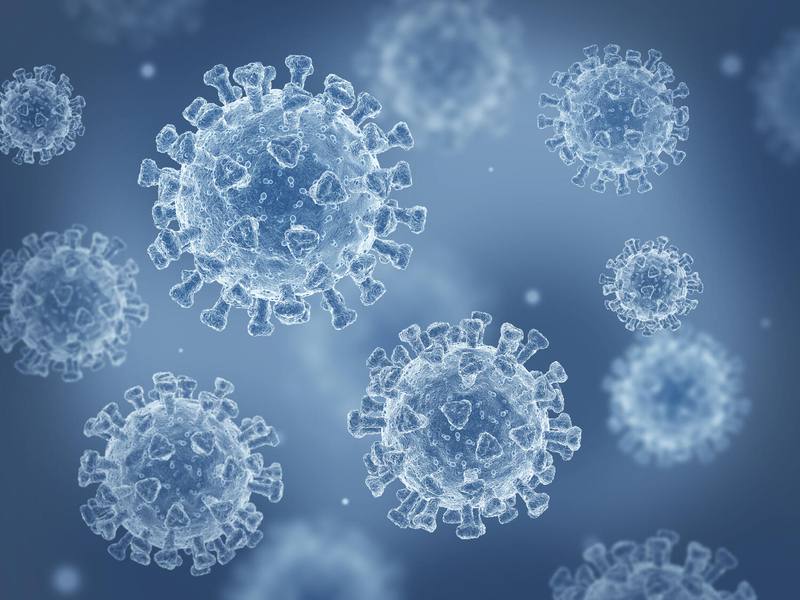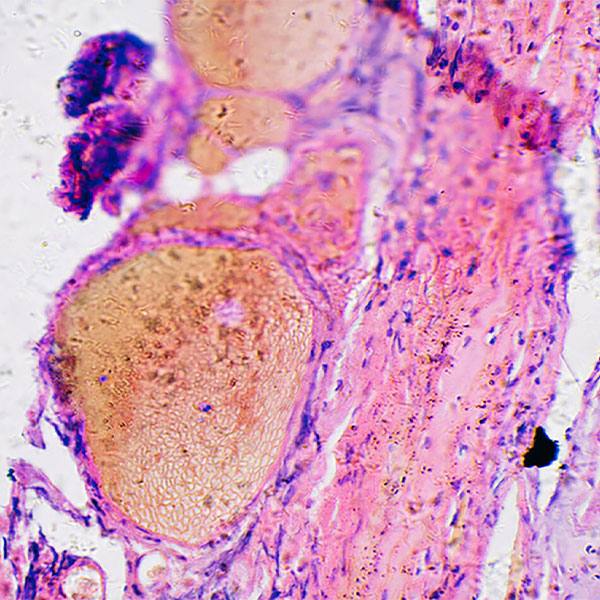-
Healthcare Delivery
‘Deaths of Despair’ contribute to 17% rise in Minnesota’s death rate during COVID-19 pandemic

ROCHESTER, Minn. — According to a new study published by Mayo Clinic researchers, the COVID-19 pandemic was linked to a 17% increase in the death rate in Minnesota during the first year of the pandemic compared to the two previous years.
Deaths were driven by both COVID-19 and other causes linked with preventable "deaths of despair," such as overdose, alcohol use and malnutrition.
The study analyzed Minnesota death certificate data available through the Rochester Epidemiology Project for 89,910 deaths in 2018–2019 and 52,030 deaths in 2020 to examine the effects of the pandemic on deaths across the state. This study represents the first analysis of complete population-level data in Minnesota on COVID-19, analyzing all-cause and cause-specific mortality in 2020.
Older adults and racial and ethnic minority populations, especially Native Americans, were disproportionately affected, according to the study. Authors say the study's findings revealed disparities in certain populations due to a lack of access to medical care.
Researchers identified a 68% increase in assault by firearms, a 49% increase in accidental poisonings, a 48% increase in malnutrition and a 25% increase in liver disease.
Lead author, Rozalina McCoy, M.D., an endocrinologist and primary care physician, noted that COVID-19 caused or contributed to almost 10% of all Minnesota deaths in 2020. Social isolation was a major cause of these deaths, especially among older people in rural areas.
"We were expecting to see heart disease, cancer, stroke, all those things where people delay care, and we didn't see any of that," says Dr. McCoy.
The study’s findings serve as a reminder of the need for continued vigilance in the face of COVID-19 and the importance of supporting communities and populations affected by the pandemic.
The research team plans to continue to assess the pandemic's long-term effect on Minnesota death rates and identify practical solutions to mitigate the effects. They also call for continued monitoring of excess mortality over time.
The Mayo Clinic Robert D. and Patricia E. Kern Center for the Science of Health Care Delivery provided methodologic expertise throughout the study. The Mayo Clinic Department of Emergency Medicine supported the research. Review the study for a complete list of authors, disclosures and funding.
###
About Mayo Clinic
Mayo Clinic is a nonprofit organization committed to innovation in clinical practice, education and research, and providing compassion, expertise and answers to everyone who needs healing. Visit the Mayo Clinic News Network for additional Mayo Clinic news.
Media contact:
- Vincent Jacobbi, Mayo Clinic Communications, newsbureau@mayo.edu
Related Articles







